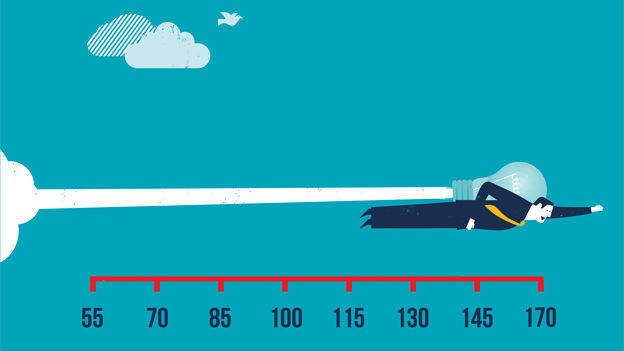4 ways to mitigate underperformance

The latest on the Indian political front is that PM Modi has reshuffled, basically restructured his cabinet. Many portfolios have been taken away and given to others – some controversial and outspoken have been given portfolios that they cannot really speak about and some have got what they can really speak about. Well in this world no work is big or small, till it comes to managing what you got and performing.
Such reshuffling in any cabinet body (whether government or enterprise) can potentially send shock waves and can set a mood for disappointment, anger, jealousy, embarrassment and even resistance. However, such changes can be necessary & can be interpreted as preventive measures taken to avoid any risk associated with under-performance or non-performance of the person associated with a task.
At the end of the day, it is all about the pressure to perform, innovate and succeed – for a government or in an organizational setting. But what does this entail at the level of the receiver or an employee when one is faced with sudden demotion? Does it derail the motivation to do things? Or is it simply an organizational exercise that asserts the fact that one is dispensable?
Tackling poor employee performance can be challenging. So how do you let someone know, improve or ultimately help them leave? But first, it is imperative to know what really can be the reasons for underperformance – is it lack of clarity, mismatch in capabilities and the job, high expectations, cultural apprehensions or issues that are personal or behavioral in nature. Ascertaining the causes of non-performance can allow any manager to effectively and smoothly tackle non- performance issues. A few ways to do this are:
Building the right context
Diagnosing that there is a problem of non-performance is essential. Setting the right context is instrumental in reducing the chances of negation, aggression and anxiety by the employee. Supporting assertions with facts and data can also be helpful in building the context of the discussion.
Communicating expectations
Conversations that center on issues related to performance and discipline can be challenging. Describing what needs to be changed is essential and conversations that are carried out without confrontation give a chance to both parties to communicate effectively and in presenting each other’s perspectives. Agreement on the objectives of both the organization and the individual is a must.
Training or Coaching
When a mutual understanding is reached, the option of reskilling the employee or coaching can be asserted. Presenting encouraging alternatives like coaching or retraining can allow the person to grow, introspect and deliver on the expectations that are set by the organization.
The point of no return
There can be some difficult conversations that can result in confrontation and resistance along with the ones where despite all efforts by the organization, the employee is unwilling to modify his/her self. In such situations, it is important to communicate the opportunities presented and the lack of effort by the individual towards those opportunities.













